Introduction
Released in 1988, Twin Eagle is a vertically scrolling arcade shooter developed by Seta. Featuring co-op helicopter combat, it offered players a fast-paced alternative to military shooters from Toaplan and Taito. The game’s combination of voice samples and explosive action made it stand out on crowded arcade floors.
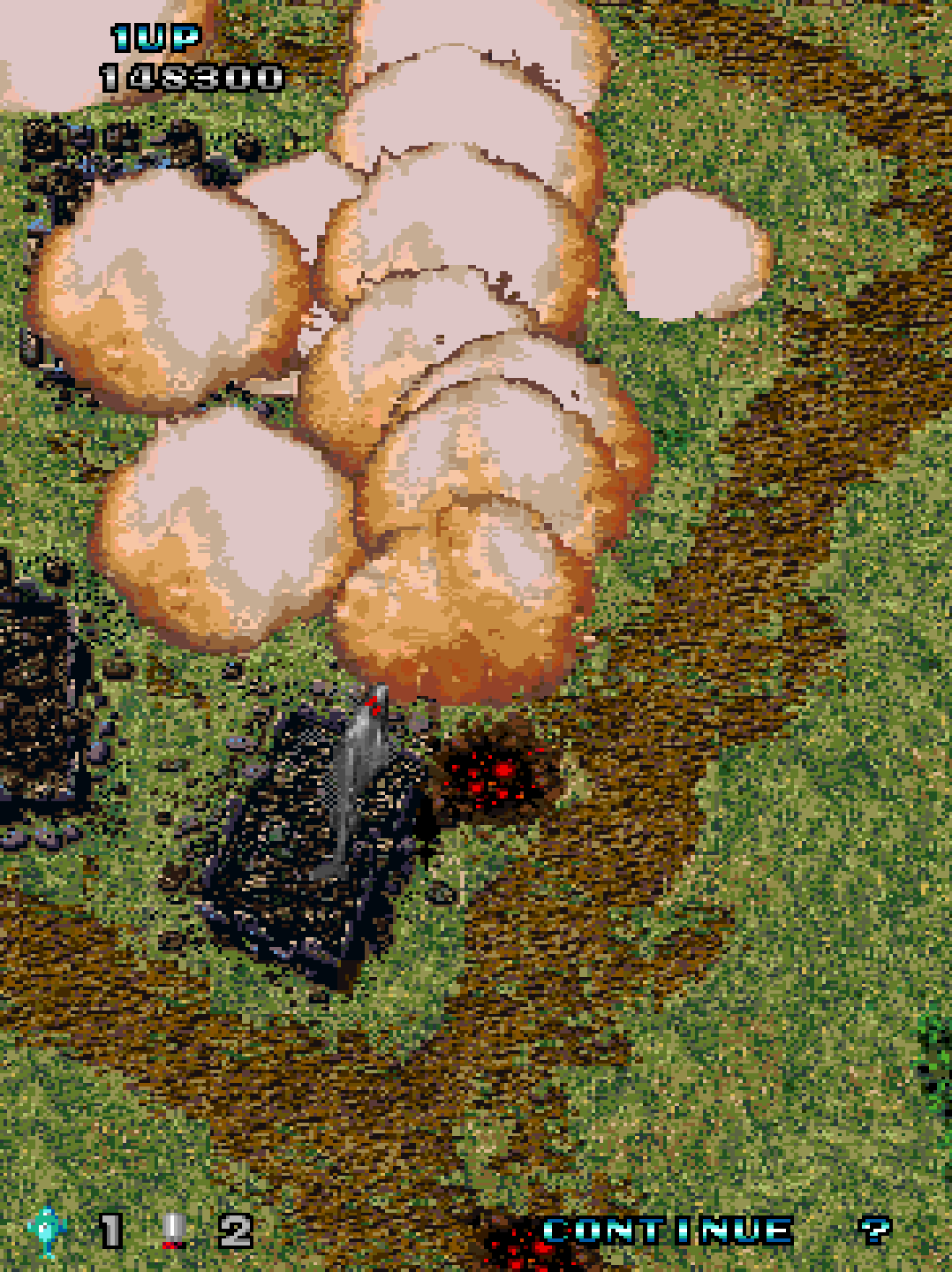
Development and History
- Developer: Seta
- Publisher: Seta
- Release Date: 1988
- Hardware: Seta custom arcade hardware
Seta created Twin Eagle to capitalize on the popularity of helicopter-themed shooters. The development team focused on accessible gameplay and satisfying feedback, adding detailed sprite work and digitized voices to enhance immersion. Its approachable design and straightforward controls made it easy for newcomers to pick up and play.
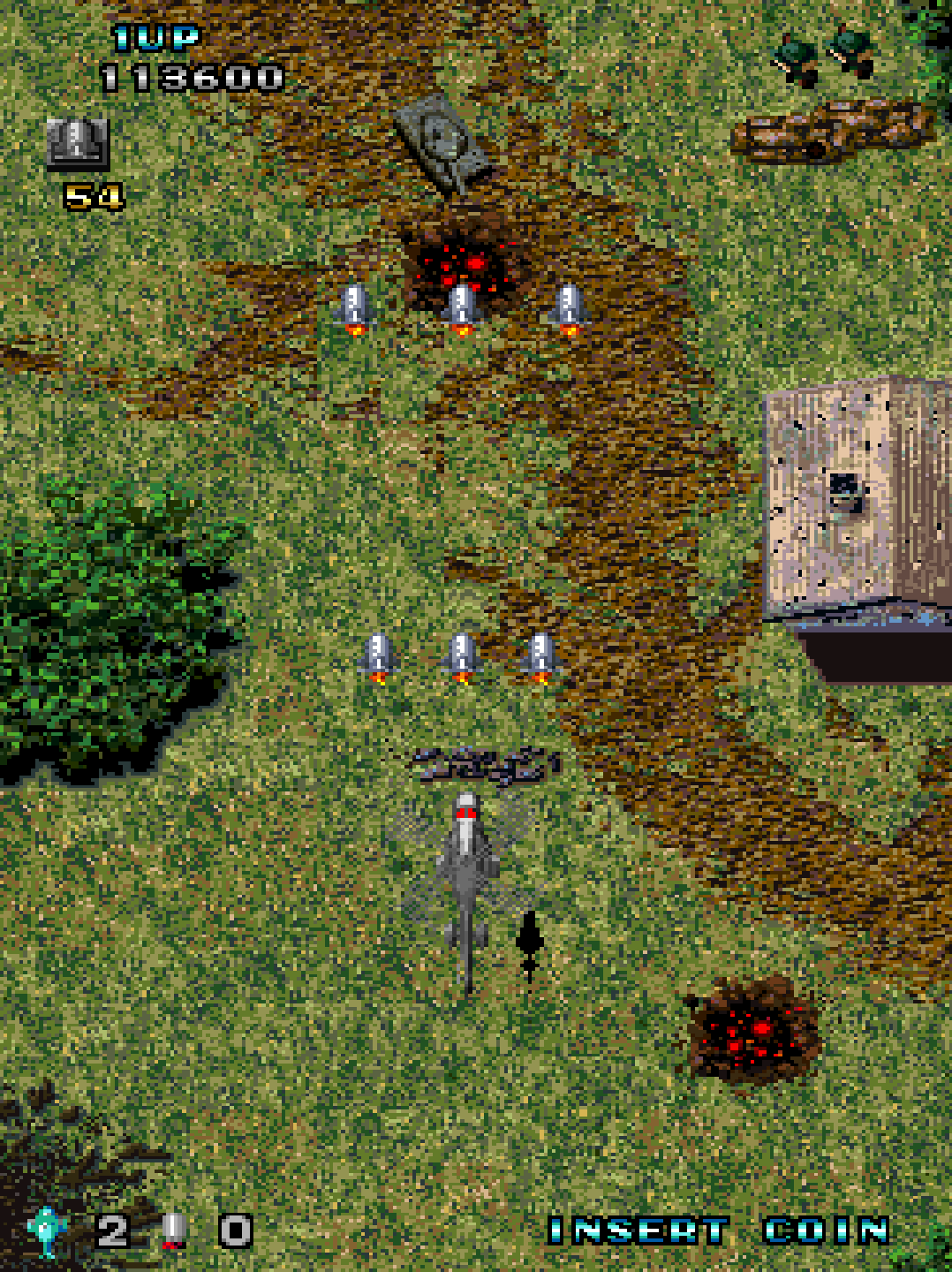
Gameplay Video
Gameplay and Mechanics
Players pilot attack helicopters on a mission to destroy enemy forces across multiple stages.
Key gameplay elements:
- Power-Ups: Upgrade main guns and collect bombs
- Bomb Mechanic: Clear enemies and bullets in a large radius
- Two-player co-op: Players can join in any time
- Vertical Scrolling: Continuous waves of enemies and bosses
- Rescue Mechanic: Save prisoners for bonus points
Levels include varied terrain like rivers, forests, and enemy bases. Mastery of bomb timing and weapon upgrades was essential for survival.
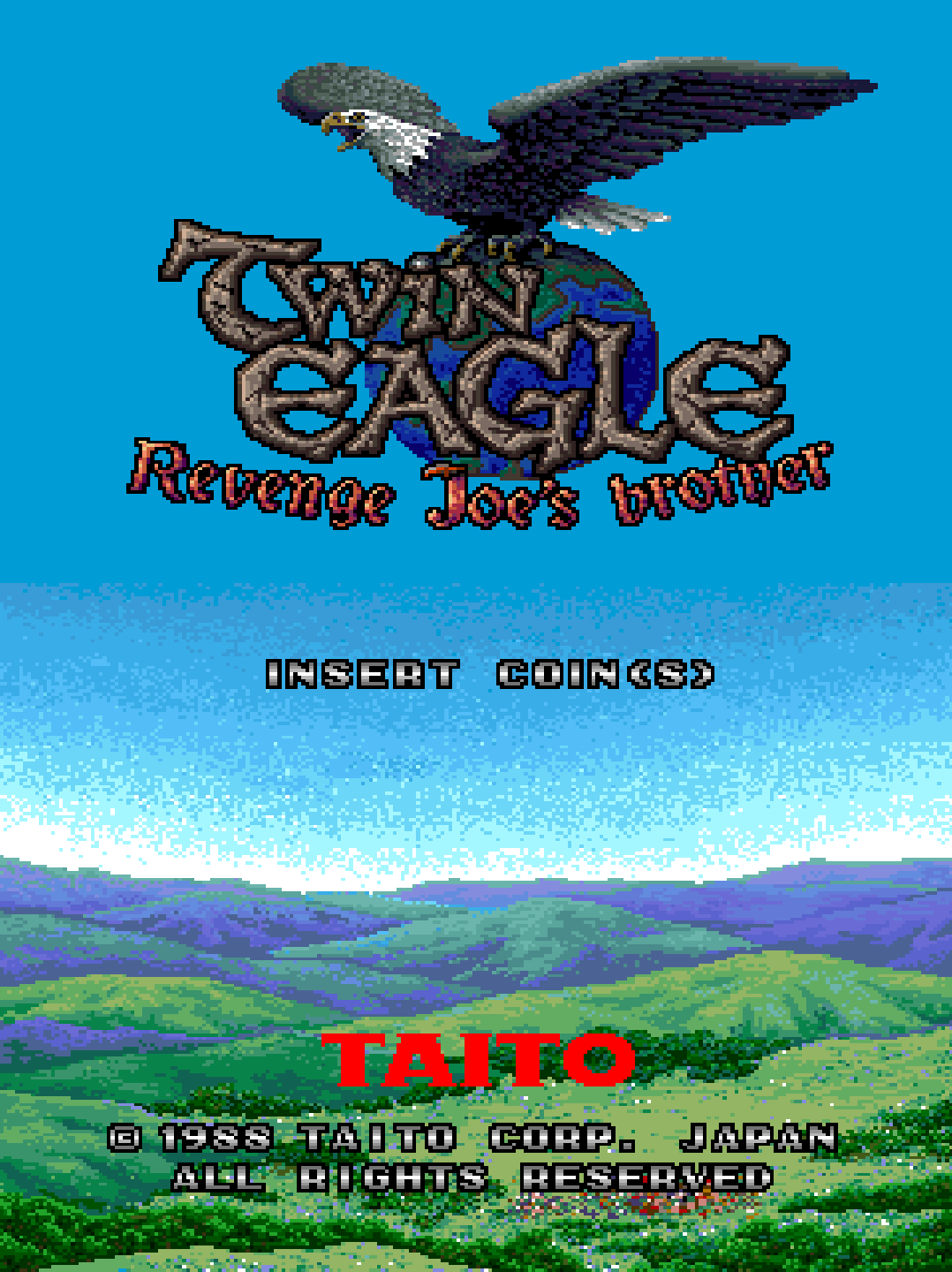
Cultural Impact and Legacy
- Popular in arcades during the late ’80s helicopter shooter boom
- Known for its voice samples and satisfying explosions
- Ported to the NES with gameplay modifications
- Remembered as one of Seta’s more recognizable titles
- Often compared to Twin Cobra, though the games were unrelated
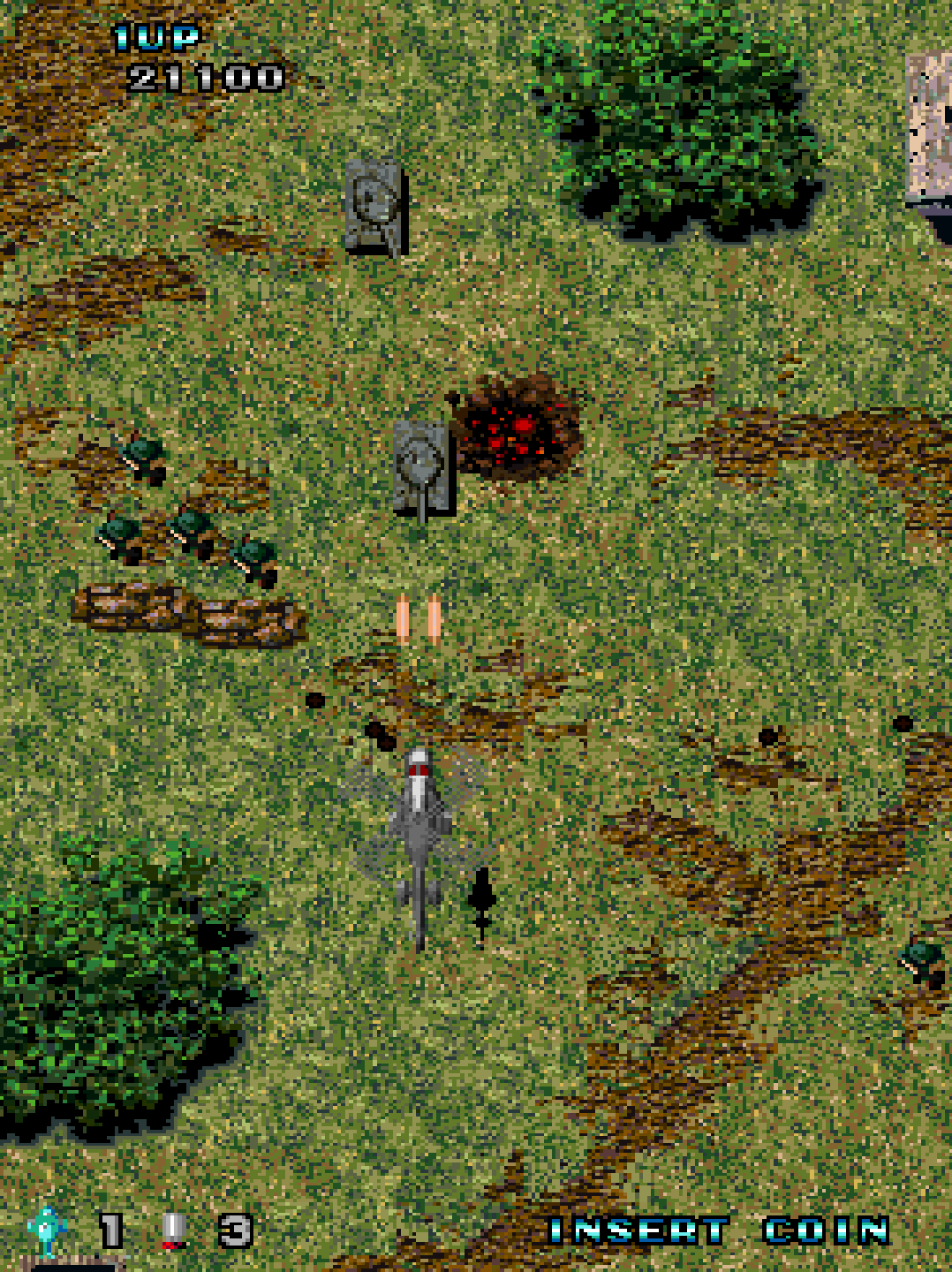
Fun Facts
- The NES version was released by Romstar in North America
- Twin Eagle’s cabinet featured distinctive side art with helicopters in combat
- The voice clips announced power-up pickups and bomb usage
- Despite similarities, it was unrelated to Toaplan’s Twin Cobra
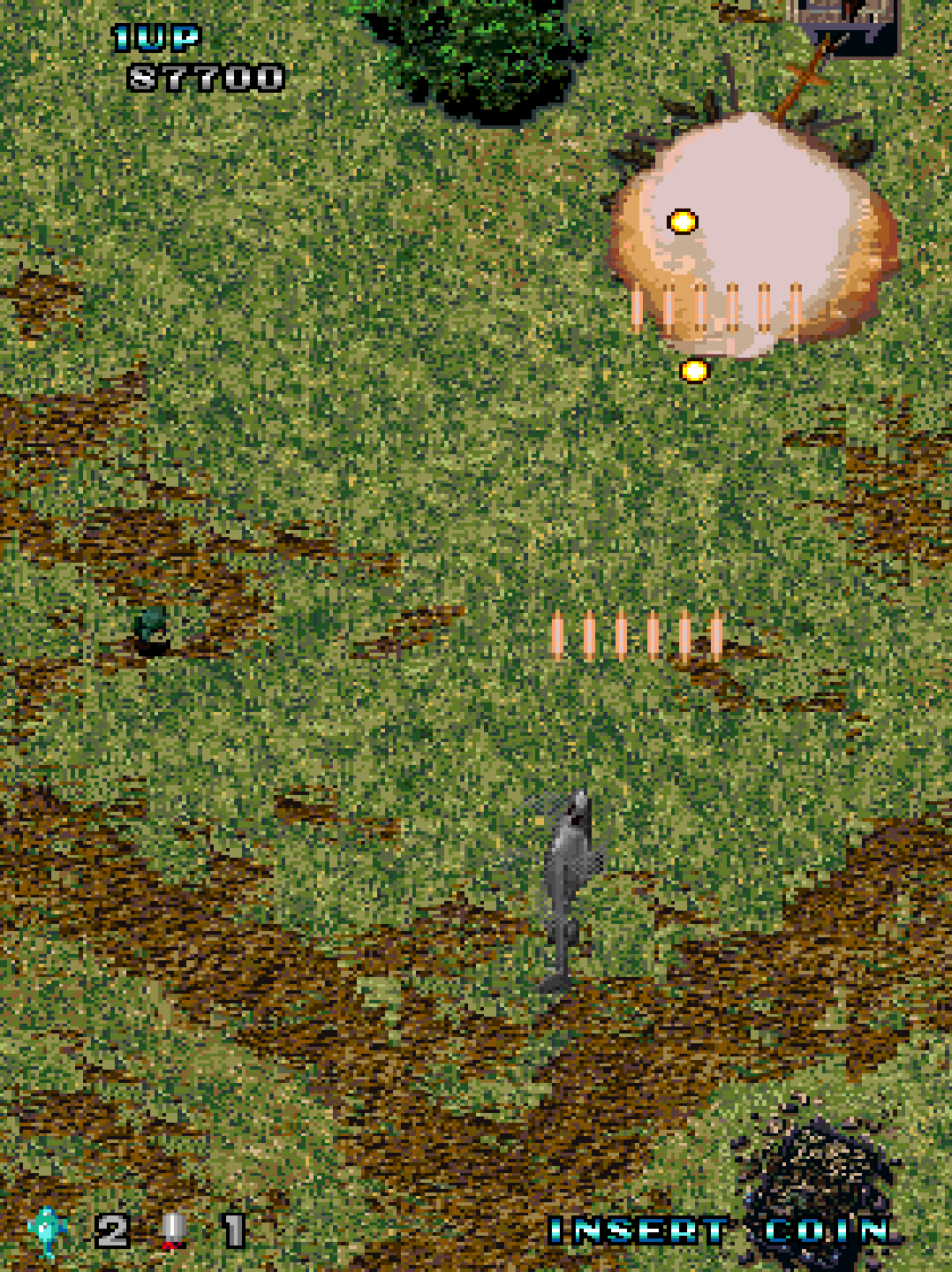
Conclusion
Twin Eagle delivered accessible, co-op shooting with plenty of explosions and power-ups. Its simple controls and energetic presentation earned it a loyal following among arcade fans. While it never achieved the same fame as some competitors, it remains a fondly remembered entry in the late ’80s arcade shooter lineup.

